Fast-spreading Los Angeles wildfires spark panic
About 30,000 people were under an evacuation order as the inferno spread


What happened
Three wildfires that started Tuesday in Los Angeles County were spreading rapidly, whipped along by strong Santa Ana winds over dry vegetation. About 30,000 people were under evacuation orders and 300,000 households were without power. California Gov. Gavin Newsom (D) said more than 1,400 firefighters and first responders were working overnight to save lives and fight the wildfires, all of which were 0% contained.
Who said what
The largest of the conflagrations, the Palisades Fire, was "burning through five football fields a minute," CNN said. The rush to escape from the coastal enclave of Pacific Palisades caused a traffic jam on Palisades Drive that "prevented emergency vehicles from getting through," The Associated Press said, and bulldozers were "brought in to push the abandoned cars to the side."
Police ordered drivers to leave their cars and run because the "fire was literally right on top of them," Officer Tim Estevez told The Washington Post. "People were getting out of the cars with their dogs and babies and bags, they were crying and screaming," Palisades Park resident Kelsey Trainer told the AP.
The Week
Escape your echo chamber. Get the facts behind the news, plus analysis from multiple perspectives.

Sign up for The Week's Free Newsletters
From our morning news briefing to a weekly Good News Newsletter, get the best of The Week delivered directly to your inbox.
From our morning news briefing to a weekly Good News Newsletter, get the best of The Week delivered directly to your inbox.
What next?
The situation "will get significantly worse before it gets better," UCLA climate scientist Daniel Swain said at a briefing Tuesday. The strongest winds were expected to last through this morning, but "the vegetation will become progressively drier the longer the wind event goes on," and "some of the driest vegetation will actually come at the end," so "there's going to be a very long period of high fire risk."
A free daily email with the biggest news stories of the day – and the best features from TheWeek.com
Peter has worked as a news and culture writer and editor at The Week since the site's launch in 2008. He covers politics, world affairs, religion and cultural currents. His journalism career began as a copy editor at a financial newswire and has included editorial positions at The New York Times Magazine, Facts on File, and Oregon State University.
-
 The best homes of the year
The best homes of the yearFeature Featuring a former helicopter engine repair workshop in Washington, D.C. and high-rise living in San Francisco
-
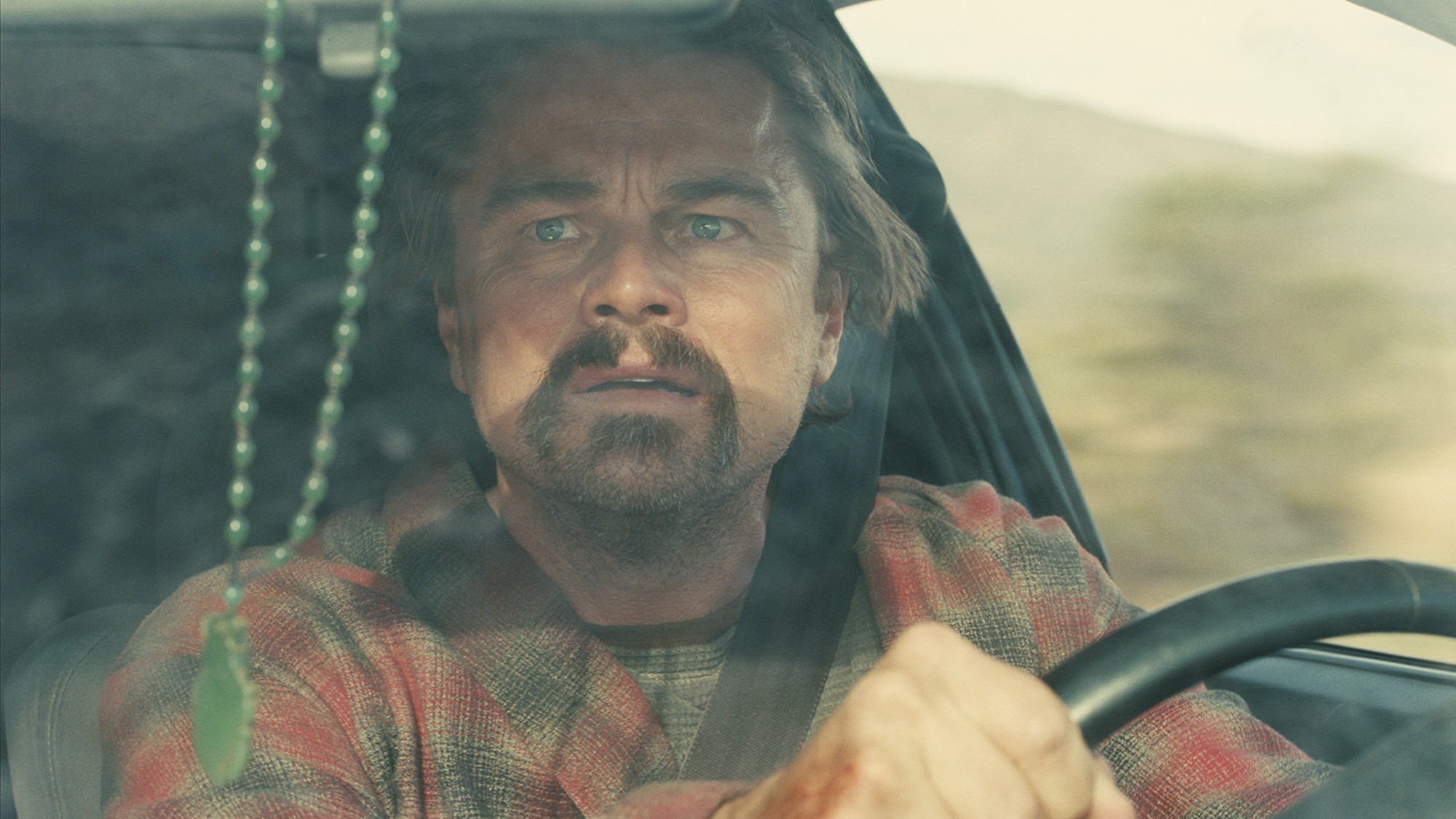 Critics’ choice: The year’s top 10 movies
Critics’ choice: The year’s top 10 moviesFeature ‘One Battle After Another’ and ‘It Was Just an Accident’ stand out
-
 The small Caribbean island courting crypto billions
The small Caribbean island courting crypto billionsUnder the Radar Crypto mogul Olivier Janssens plans to create a libertarian utopia on Nevis
-
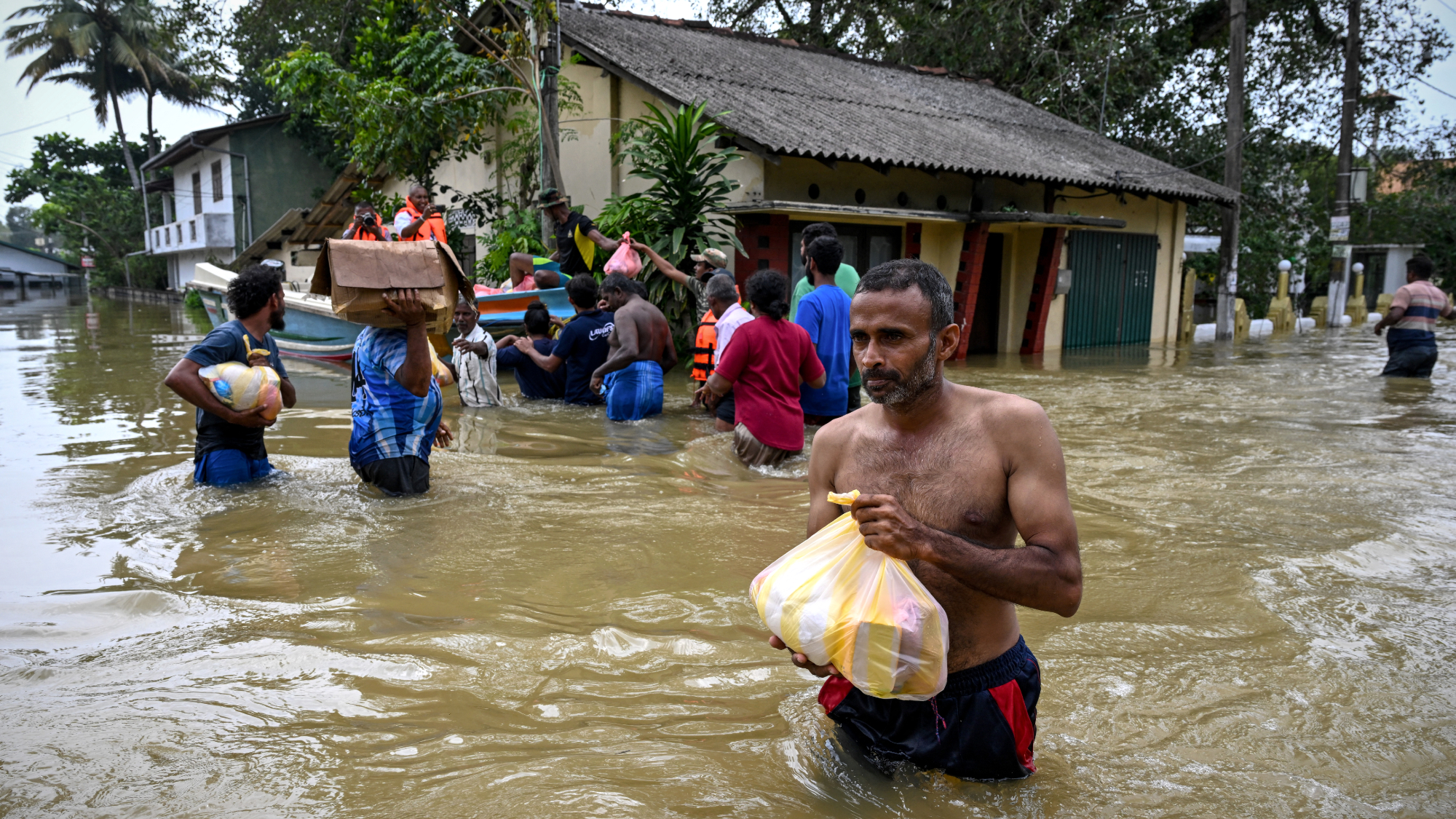 Death toll from Southeast Asia storms tops 1,000
Death toll from Southeast Asia storms tops 1,000speed read Catastrophic floods and landslides have struck Sri Lanka, Indonesia, Thailand and Malaysia
-
 Can the world adapt to climate change?
Can the world adapt to climate change?Today's Big Question As the world gets hotter, COP30 leaders consider resilience efforts
-
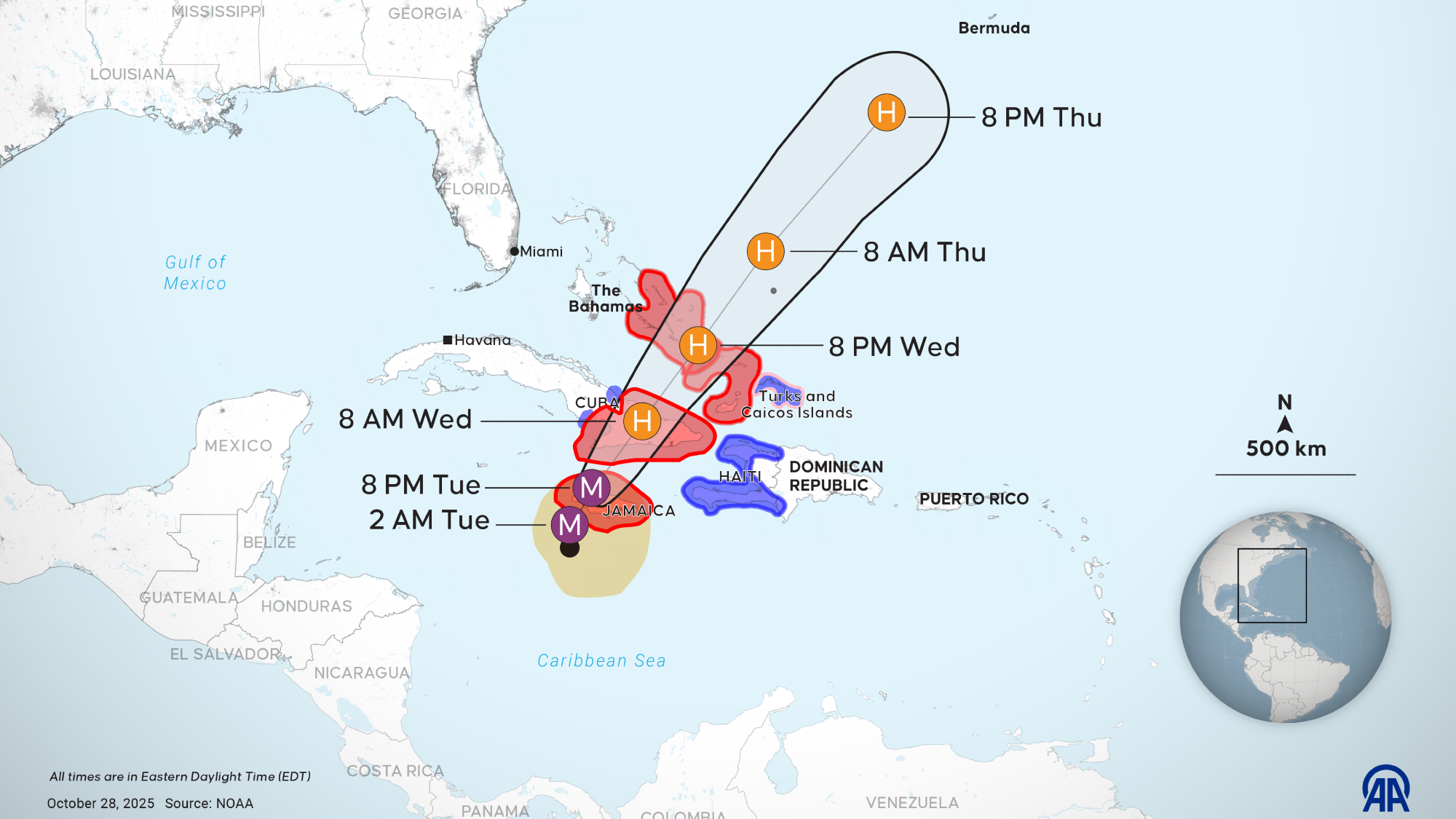 Hurricane Melissa slams Jamaica as Category 5 storm
Hurricane Melissa slams Jamaica as Category 5 stormSpeed Read The year’s most powerful storm is also expected to be the strongest ever recorded in Jamaica
-
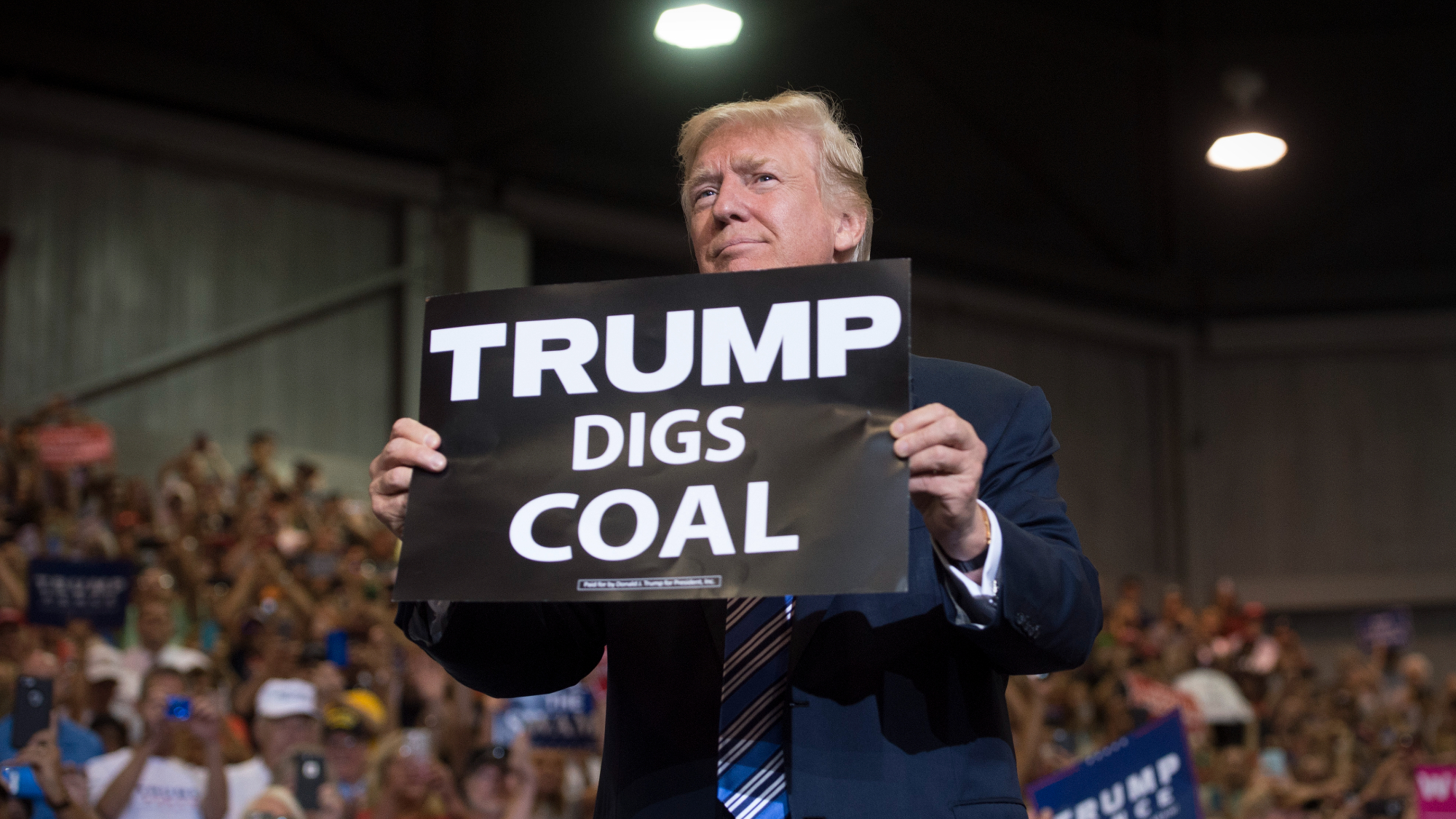 Renewables top coal as Trump seeks reversal
Renewables top coal as Trump seeks reversalSpeed Read For the first time, renewable energy sources generated more power than coal, said a new report
-
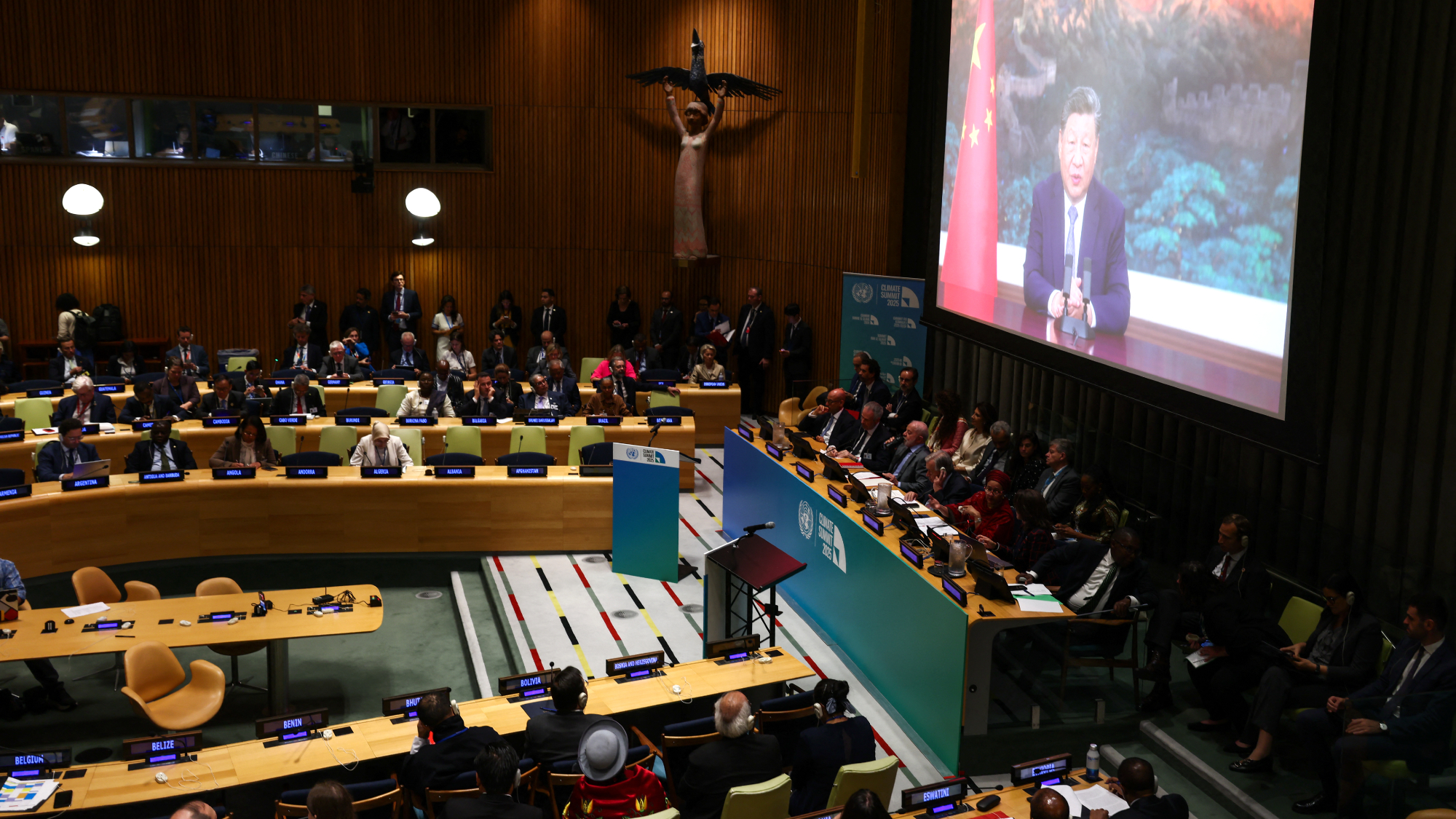 China vows first emissions cut, sidelining US
China vows first emissions cut, sidelining USSpeed Read The US, the world’s No. 2 emitter, did not attend the New York summit
-
 Earth's seasons are out of whack
Earth's seasons are out of whackUnder the radar The seasons' unfixed nature in different regions of the planet may have impacted biodiversity and evolution
-
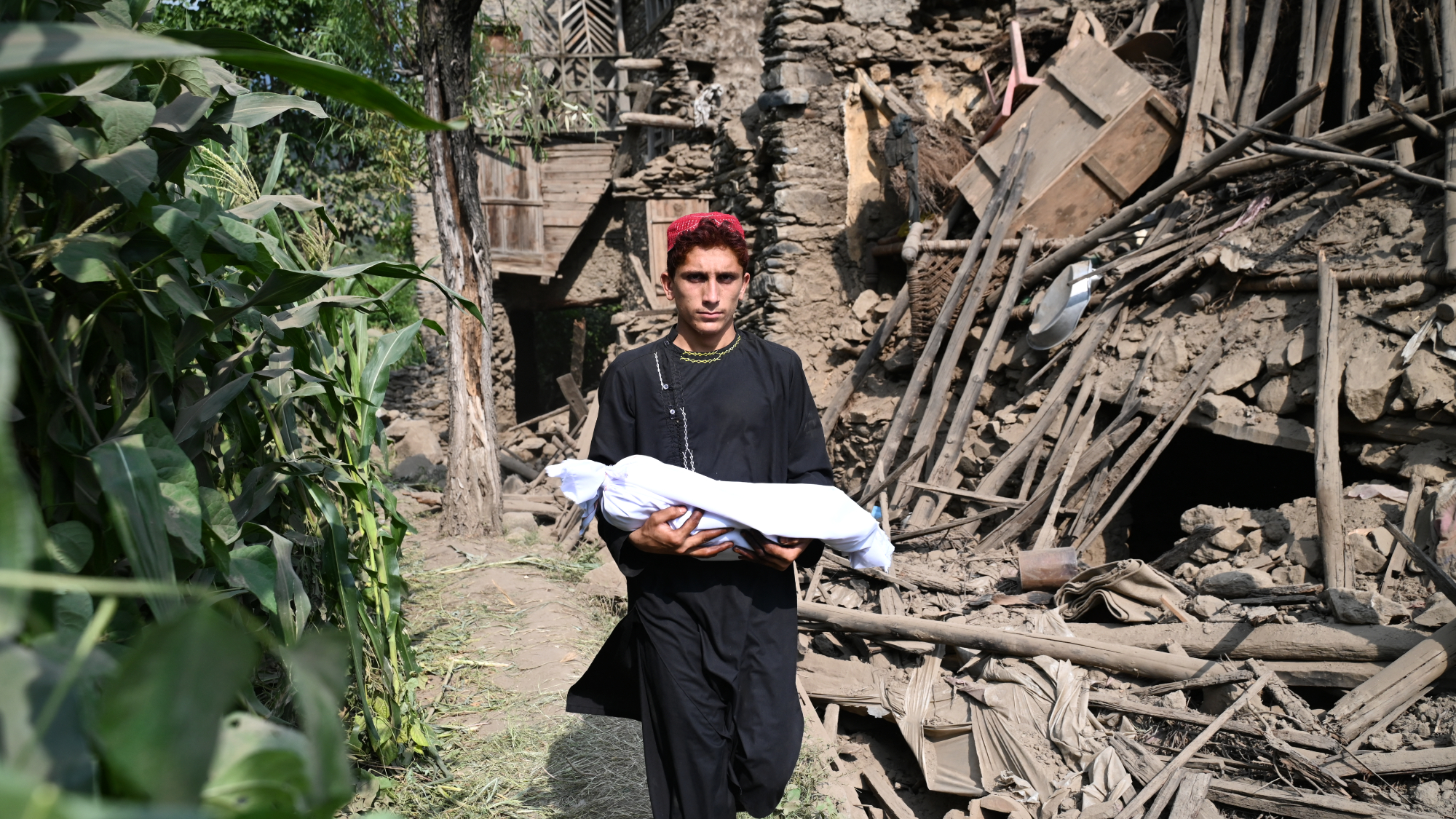 At least 800 dead in Afghanistan earthquake
At least 800 dead in Afghanistan earthquakespeed read A magnitude 6.0 earthquake hit a mountainous region of eastern Afghanistan
-
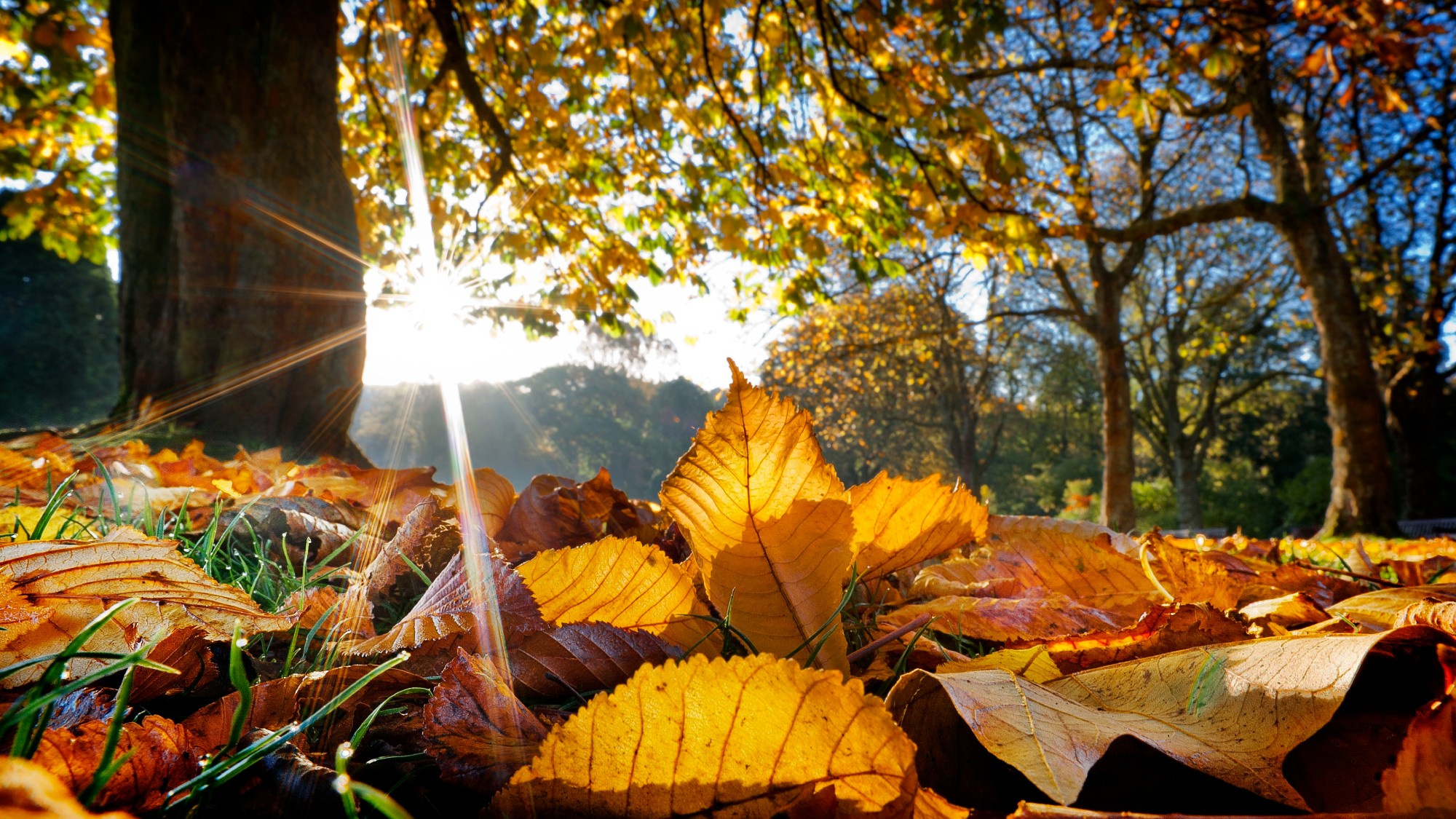 When does autumn begin?
When does autumn begin?The Explainer The UK is experiencing a 'false autumn', as climate change shifts seasonal weather patterns
